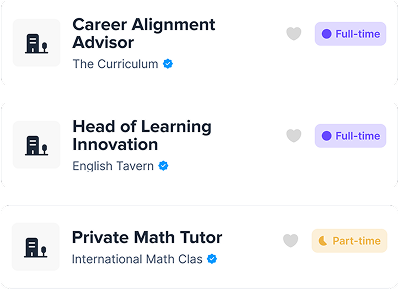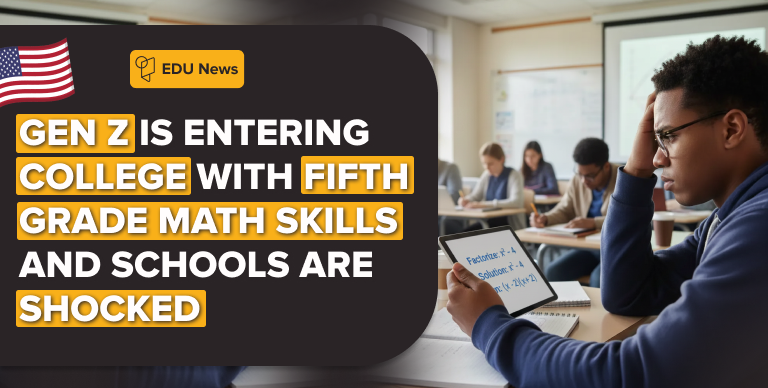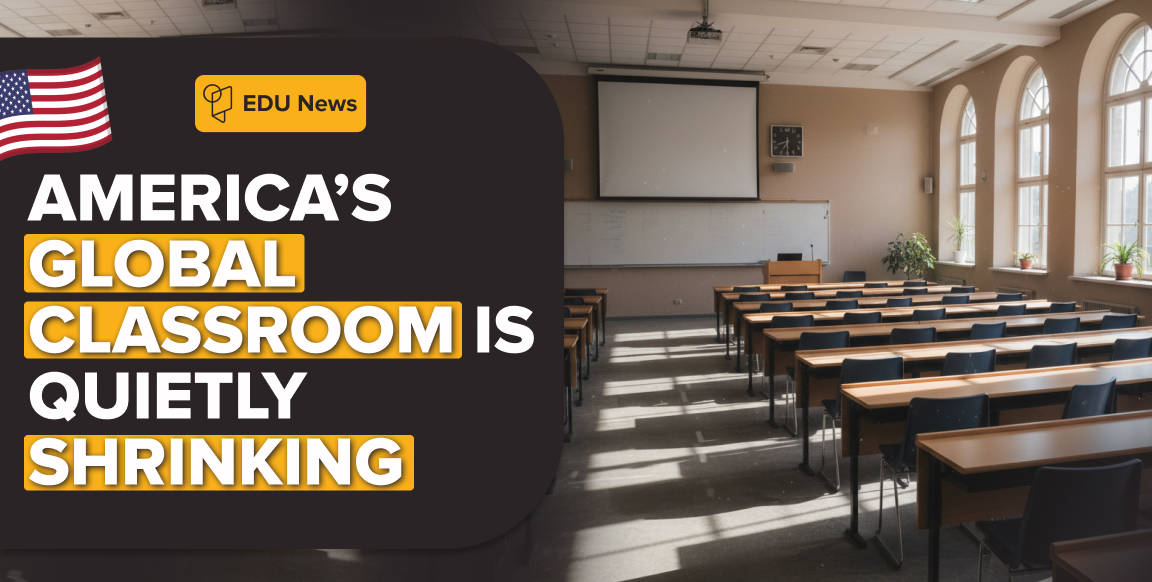Are you looking for a way to improve social-emotional learning (SEL) in your life and those around you? Look no further than mindfulness practices!
These simple practices can lead to greater emotional control, empathy, and connection with others. Let’s dive into what mindfulness practices can do for SEL and how to include them into your daily routine.
Why Is Mindfulness Practices Important?
Mindfulness is all about being present in the moment and fully aware of our thoughts, feelings, and surroundings. By practicing mindfulness, we can learn to respond in a more thoughtful way, rather than just reacting on autopilot.
Studies have shown that regular mindfulness practice can reduce anxiety, improve sleep and even decrease depression. So the great thing about mindfulness is that it’s something anyone can do, anyplace, at any time. Whether it’s a quick breathing exercise, a mindful walk in nature, or meditation, there are plenty of ways to practice mindfulness.
How Does Mindfulness Help Strengthen the Sel Of Students?
When it comes to helping students enhance their SEL skills, mindfulness is a powerful tool that can truly make a difference.
Here are a few ways that mindfulness can help students strengthen their SEL skills:
Develops Self-Awareness
Practicing mindfulness helps students become more aware of their own thoughts, emotions, and habits. This can help them know better of their SEL skills, and work on areas where they need to improve.
Self-regulation
By improving their self-awareness, students can also become better at regulating their emotions and behaviors. Mindfulness allows students to pause and take a breath before reacting on the spot, which can lead to thoughtful responses.
Builds Empathy
Mindfulness isn’t just about tuning into oneself—it can also help students develop empathy for others. By practicing mindfulness, students can learn to let go of judgments about others, and engage others with empathy.
Enhances Communication Skills
Mindfulness can also improve students’ communication skills, both in terms of listening and expressing. When students are fully present in dialogs, they can better understand and connect with others.
The Difference Between Sel and Mindfulness
SEL and mindfulness are two terms that are related concepts, but they really have different meanings and purposes. SEL stands for Social-Emotional Learning, which is a method that focuses on growing EQ, social skills, and decision-making. It involves teaching children to understand emotions, empathize with others, and connect with others in positive ways.
Mindfulness, on the other hand, is a practice of being present and aware of the present moment, without judgment. It involves paying attention to one’s thoughts, feelings, and surroundings without taking reactions. The goal of mindfulness is to increase self- awareness and reduce stress.
While both SEL and mindfulness can be good for personal growth and well-being, they are used in different ways. SEL is mainly taught in schools as a way to care students’ social and emotional life, while mindfulness is often a kind of self-practice.




















